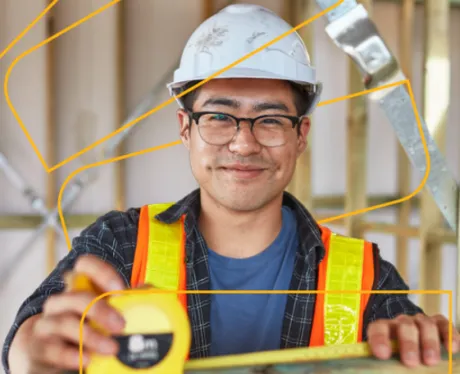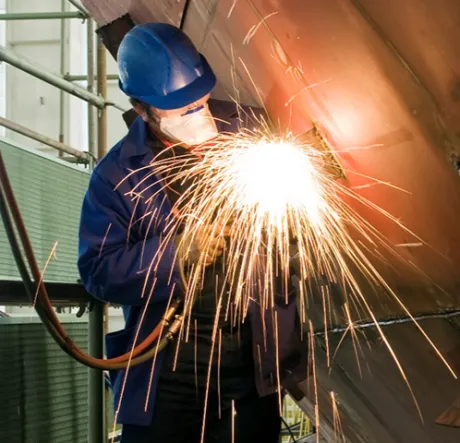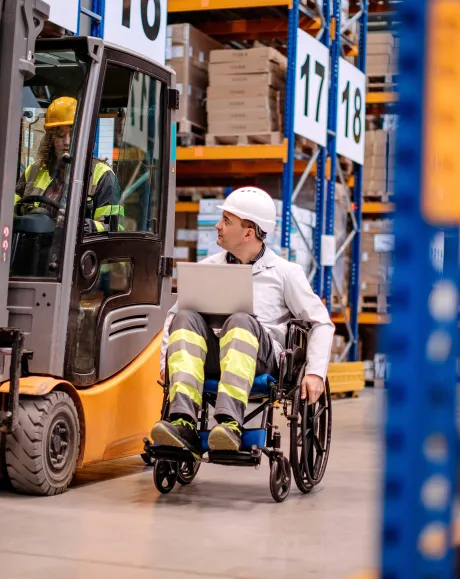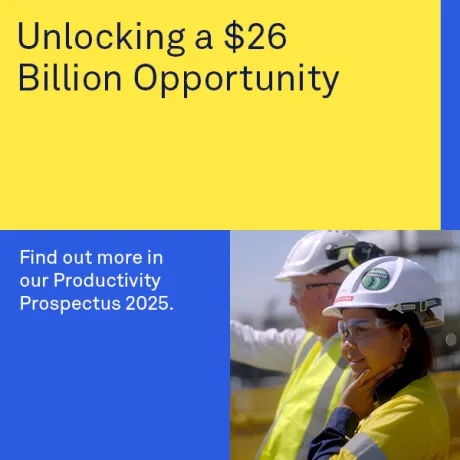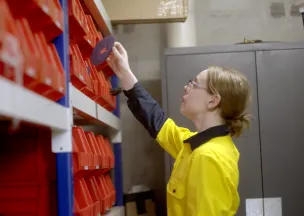2026 Employment Outlook: Building Australia’s Workforce from the Ground Up
As Australia heads into 2026, employers are navigating a changing labour market - marked by skills shortages, new technologies and a renewed focus on workforce sustainability. Jobs and Skills Australia forecasts that over half of new jobs by 2028 will require vocational qualifications, yet apprenticeship commencements remain below pre-pandemic levels.
After several challenging years, the broader economic outlook is showing signs of stability. Inflation has eased to 2.4%, down from its 2022 peak of 7.8%, and the Reserve Bank’s three interest rate cuts this year have reduced the cash rate to 3.6% - signalling a policy shift to support growth. Not only that, but unemployment has steadied at 4.1%, returning to pre-COVID levels.
According to the latest Jobs and Skills Australia Recruitment Experiences and Outlook Survey, employer confidence is improving. Recruitment activity is trending upward while recruitment difficulty is declining and more employers expect their workforce to grow in the year ahead.
For MEGT, these shifts present both opportunity and challenge. Sustainable workforce growth isn’t about quick hires; it’s about building capability from the ground up. Apprenticeships and traineeships remain one of the most effective ways to address skill gaps, strengthen retention and future-proof industries.
To explore what these trends mean for employers on the ground, we spoke with Janine O’Connor, MEGT’s National Sales & Product Development Manager. Janine shares what she’s seeing across the country and why capturing talent early is critical employers to invest in new talent.
What are you seeing on the ground as we head into 2026?
"We’re seeing strong demand across technical, administrative, and trades-based roles — but what’s standing out is the shortage of entry-level candidates with work readiness skills. Employers want people who can learn, adapt, and grow with the business. That’s where traineeships and apprenticeships are increasingly valuable."
The data shows continued skills shortages — what’s behind that?
"It’s not just about the number of jobs available; it’s about matching the right skills to those opportunities. Many industries are competing for the same pool of candidates. Apprenticeships are one of the best ways to future-proof that pipeline because they connect training directly to employer needs."
What advice would you give employers starting 2026 who are thinking about hiring?
"Start early. November is a critical time to start recruiting, as school-leavers begin entering the market. By acting early, you can secure motivated candidates before they are picked up elsewhere, ensuring a strong January start. Partnering with MEGT gives employers access to pre-screened talent and full support across onboarding, compliance, and coaching. "
You recently spoke with Cyberwise about skills and adaptability — how does that link to this conversation?
"In that interview, I spoke about how critical adaptability and mindset are becoming. The future of work isn’t just about technical ability — it’s about resilience and continuous learning. Apprenticeships are designed to build both."
As 2026 begins, it’s clear that the organisations investing in structured training pathways will be the ones who thrive. MEGT is ready to help employers attract, develop, and retain the next generation of skilled workers.











